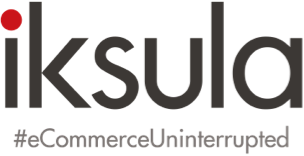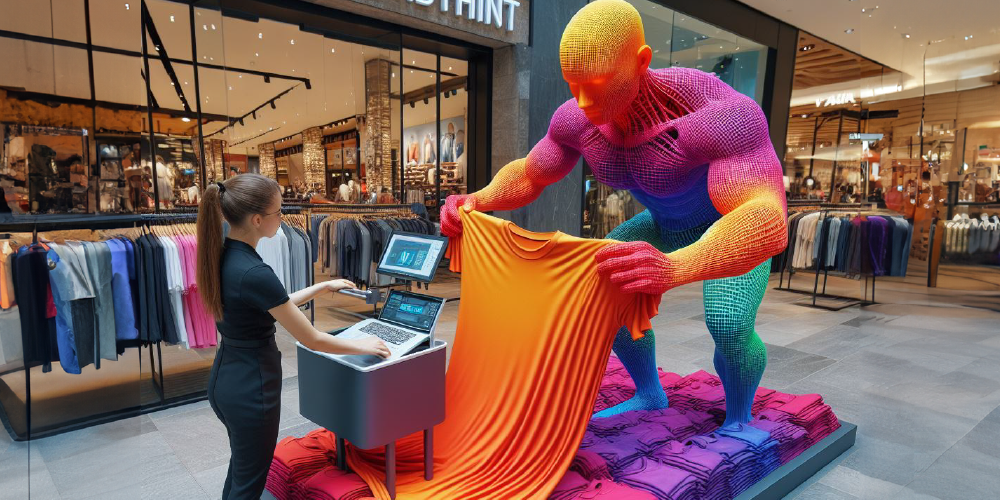The B2B landscape in the F&B industry has experienced a significant shift in buyer behavior post-COVID. Buyers now expect a seamless digital purchasing experience that offers flexibility in ordering. Businesses must enable B2B commerce through multiple digital channels like websites, mobile apps, WhatsApp, call centers, and emails. However, several challenges hinder this transformation, including lower operating margins, legacy IT systems, and channel conflict. In this blog, we will explore how a leading dairy company digitally empowered their distribution channel partners.
Phase 1: Laying the Foundation
Four years ago, the client initiated its digital journey with a simple website for order capturing in SAP Hybris, integrating it as a single source of ordering for SAP ERP. This implementation enabled the client to receive orders from the website, HHT, and customer service. The client introduced key B2B features such as Quote to Order, Custom Pricing, and Scheduled Order Delivery. The multilingual website facilitated global market outreach.
Phase 2: Expanding with Mobile App Integration
The following year, the client launched a native mobile app for iOS and Android, streamlining the order approval process. Sales representatives could input orders on behalf of buyers, which remained in “Draft” status until the buyer verified and approved it as a PO. Furthermore, an innovative feature allowed buyers to upload handwritten orders, which sales reps converted into applicable charges. This step significantly increased order frequency and reduced delivery turnaround time, enhancing operational efficiency.
Phase 3: Implementing a Comprehensive Loyalty Solution
During the third year, the client introduced a comprehensive loyalty program to promote repetitive orders. Overcoming the challenge of offering loyalty rewards in a low-margin business, the client implemented various slabs for recurring charges and provided free products instead of cash discounts. This approach boosted business volume and encouraged buyers to adopt digital channels for ordering. The client also extended the loyalty program to multiple GCC countries.
Phase 4: Embracing WhatsApp Ordering and Data Analytics
In the current year, the client is taking its digital commerce solution further by implementing WhatsApp-based ordering and a data analytics engine. This step aims to increase lead generation and top-line sales by leveraging customer behavior data for personalized journeys. The integration of WhatsApp will provide an additional, convenient channel for B2B buyers to place orders, further enhancing their experience.
Conclusion: The journey of enabling B2B commerce for traditional distribution networks in the F&B industry has been remarkable for the client. By strategically planning investments in parallel with the adoption rate of end buyers, they managed to overcome challenges and achieve success. The phased approach of implementing a website, mobile app, and loyalty program, along with the upcoming WhatsApp-based ordering and data analytics integration, has significantly increased order volume and operational efficiency. With the business team now well-versed in the new digital ordering methods, the client is more efficient and responsive, ready to face future market opportunities confidently.





